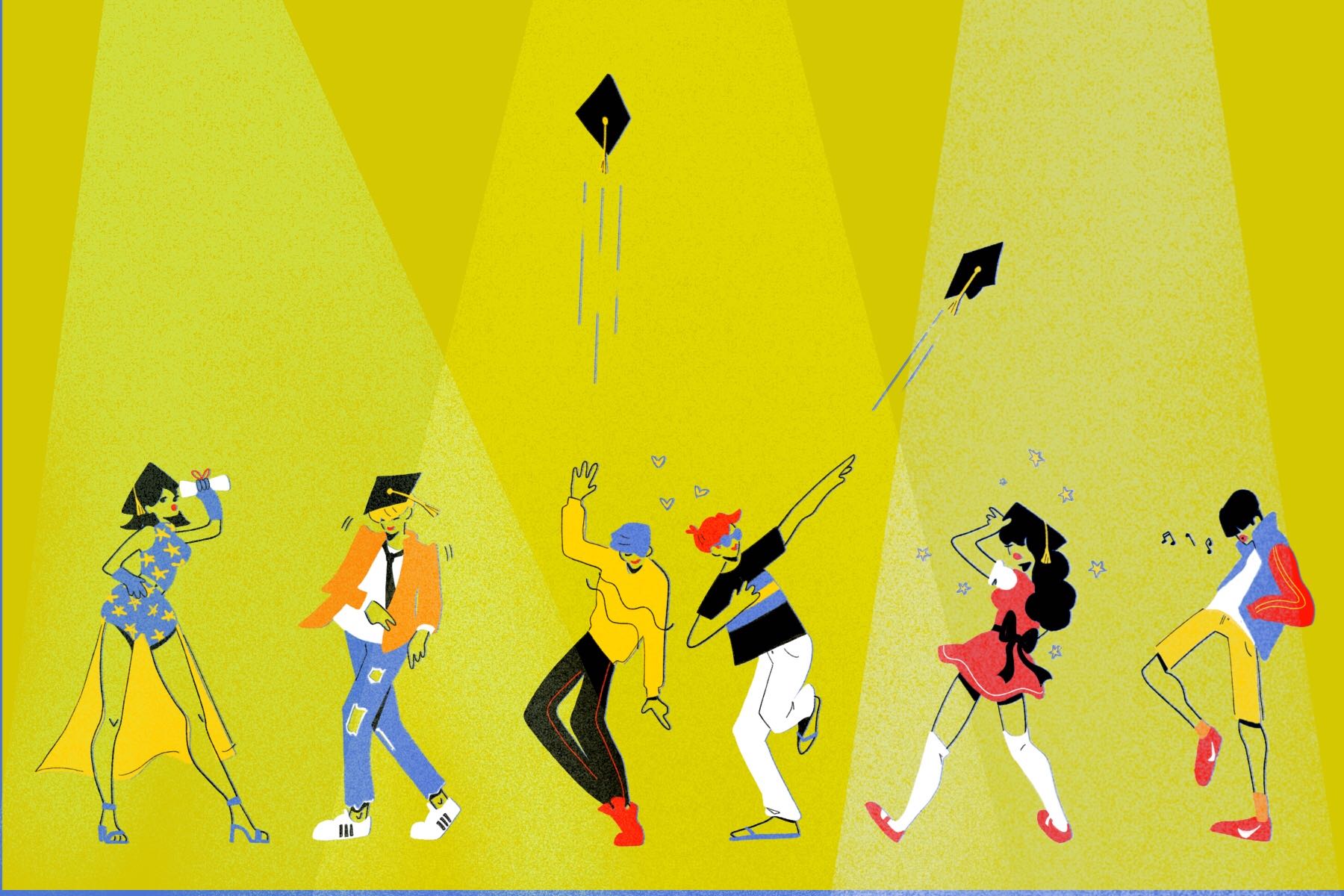Thanks to bands like BTS and BlackPink, K-pop music has gained international popularity.
The sudden burst of fame for K-pop artists might seem like an overnight sensation filled with glamorous wardrobe, clear-cut choreography and chiseled facial features, but the star-studded band members are a few out of many who have surmounted a grueling training process that is responsible for molding young talent into superstars.
YG Entertainment is behind BlackPink’s success. The girl group made their debut in 2016 with the release of their EP “Square One.” However, the work started long before the project became a commercial success.
The level of intense training that BlackPink had to endure is unknown to the public. However, it’s conceivable that their road to stardom mirrors the strict training process that several K-pop artists go through before making it big.
The flawless moves, immaculate star performance and modest personalities amongst K-pop bands are the results of an extensive training system.
Def Dance Skool is a training academy based in Seoul, South Korea in which several kids, some as young as 8 years old, spend three hours a day prepping for auditions in hopes of being cast by SM Entertainment, JYP Entertainment or YG Entertainment. The music labels are the three largest entertainment companies in South Korea.
South Korea’s largest entertainment company, SM Entertainment, holds “500,000 auditions a year” and “Less than 10 people get chosen every year to become trainees.” Few students are offered contracts after auditioning.
The unfortunate odds do not intimidate the dozens of trainees who have dedicated their lives to becoming the next K-pop star. The trainees continue to spend their time training rigorously for the next audition.
Trainee Yanagi Mizuho is a student of “Star Road Entertainment.” Mizuho left Japan for Korea with high aspirations of becoming a K-pop idol. For the past year, the former linguistics graduate spends hours upon hours practicing dance steps under strict instruction and studying the Korean language off the fuel of a daily 300 calorie diet.
Mizuho’s malnourished state and physically intense lifestyle that comes with her K-pop training has caused her to suffer from anemia, a condition marked by a deficiency of healthy red blood cells, resulting in pallor and weariness.
“I thought I was going to die. That’s how determined I was,” Mizuho says in a short docu-film revealing Star Entertainment’s protocol for molding fresh talent. The 24-year-old believes that the battle with her health is worth maintaining the company’s weight requirement of 50kg (110 lbs.).
Mizuho is one of many who works for countless hours to audition for record labels who recruit potential K-pop singers.
After years of prepping to audition for record labels, the chosen ones are introduced to another training ritual under the music company’s name. Trainees often train for years with entertainment companies before making their debut.
YG trainee Bang Ye Dam trained under the mega-label for six years before joining the boy band Treasure 13, who are expected to make their debut later in the year. Bang Ye Dam was the product of YG’s “Treasure Box,” a reality show that reveals the company’s casting system as producers choose which trainees they will launch together as a boy band.
Ranging from different companies, training can last up to 12 hours a day and expenses can include basic meals, transportation, vocal lessons, acting classes, model lessons and foreign language studies. The number one boy band group in the world, BTS, says, “When we had our debut, we practiced 12-15 hours day.” The road to K-pop stardom is physically exhausting but also financially taxing.
For large companies, training systems can last from six months to 10 years before a potential candidate makes their debut. The average expense of one trainee is 100 million won per year (approximately $85,000). This explains how stars make little money after debuting, being that they have to pay off the accumulated debt that is owed to the agency.
Members of the boy band WINNER compared YG’s training system to “living in the wild” due to the survival of the fittest principle that applies during the group’s dance practices and monthly test.
Before they were BlackPink members, Lisa, Jennie, Rose and Jisoo auditioned and were cast by YG entertainment. The South Korean entertainment company is known for recruiting fresh talent before training them to become the next K-pop superstar. After several years, the girl group is currently a K-pop sensation, demonstrating their talent on a world tour.
The journey is anything but easy.
Trainees also have to burden the pressure of appearance. Not only do they have to be talented, but they must meet the high beauty standards of successful K-pop artists. This explains the high rate of plastic surgery among K-pop stars.
Hyomin, lead rapper and vocalist for the girl group T-ARA, insinuates that the members went under the knife during her appearance on “XO Quiz.” Shindong, member of the boy band Super Junior, admitted that he was pressured into getting cosmetic surgery by the president of his agency, who recommended “double eyelid surgery because I have an unpleasant look in my eyes.”
South Korea is considered to be the plastic surgery capital of the world. The troubling pressures of looking flawless in public has affected the women and men of South Korea and has not made an exception for K-pop stars.
The pressure to be perfect reflects South Korea’s competitive culture which pushes its 51 million citizens to compare and compete for better pay, education and in the case of the K-pop trainees, better looks.
Thanks to global digital platforms and social media, K-pop music has made its way to the Western Hemisphere. In fact, a training camp has opened in the United States, although they are a less strict version of the academies in the Eastern Hemisphere.
A close look into the K-pop industry uncovers the not-so-glamorous lifestyle behind the beautiful and flawless talent. As the genre travels to the Western Hemisphere, Americans can only hope that the punishable pressure to be perfect will not tag along.
















